The variation of decay rate of two radioactive samples A and B with time is shown in fig.
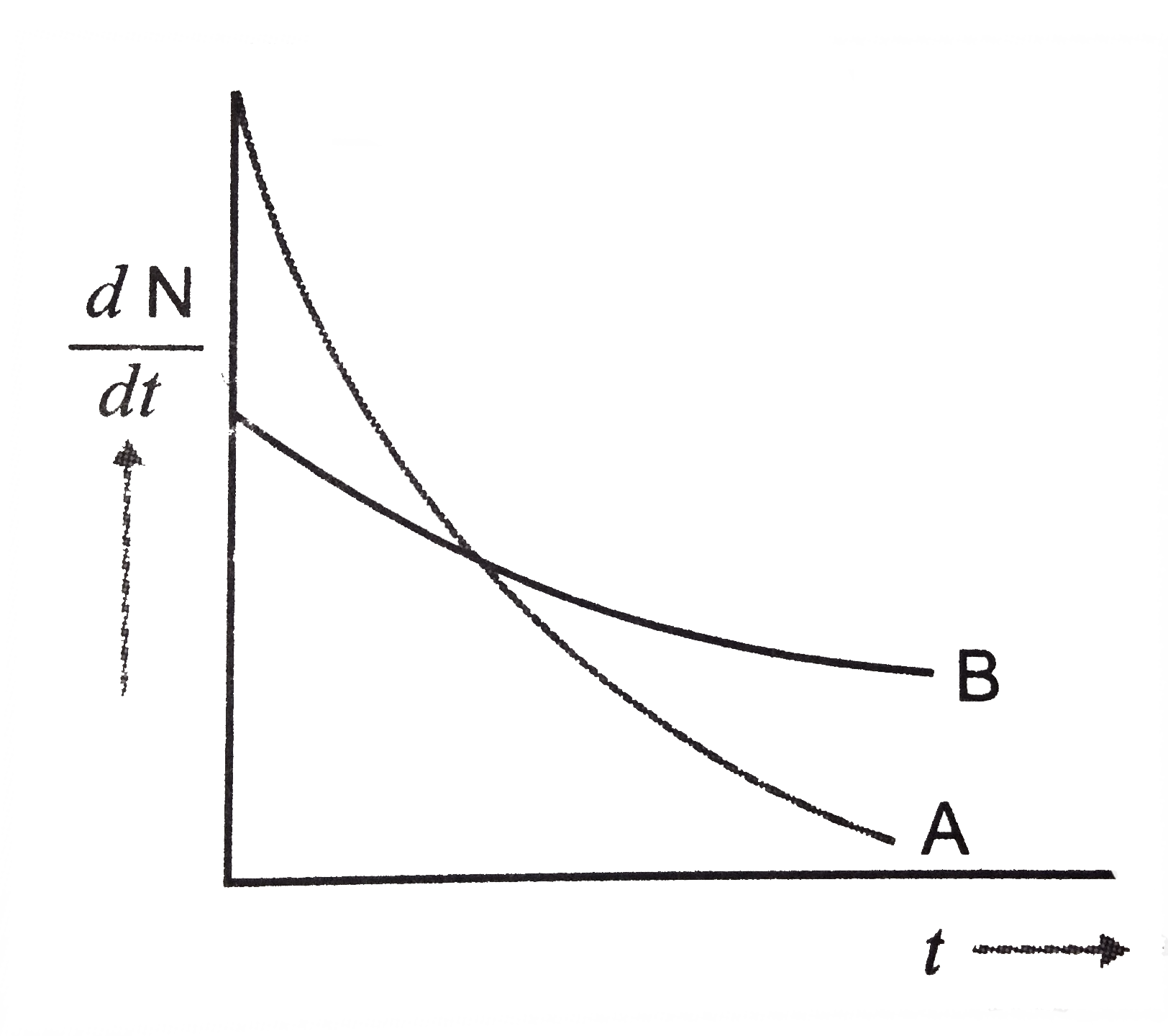
Which of the following statements are true?
Decay constant of A is greater than that of B, hence A always decays faster than B.
Decay constant of B is greater than that of A but its decay rate is always smaller than that of A.
Decay constant of A is greater than that of B but it does not always decay faster than B.
Decay constant of B is smaller than that of A but still its decay rate becomes equal to that of A at a later instant.
Rate of decay , so here . At the point of intersection of two curves, decay rate of both the samples is same. The correct options are (c) and (d).
Topper's Solved these Questions
- BOOK - MODERN PUBLICATIONCHAPTER - NUCLEIEXERCISE - CHAPTER PRACTICE TEST FOR BOARD EXAMINATION15videos
NUCLEI
- BOOK - MODERN PUBLICATIONCHAPTER - NUCLEIEXERCISE - COMPETITION FILE (INTEGER TYPE QUESTIONS)10videos
NUCLEI
- BOOK - MODERN PUBLICATIONCHAPTER - MOVING CHARGES AND MAGNETISMEXERCISE - CHAPTER PRACTICE TEST13videos
MOVING CHARGES AND MAGNETISM
- BOOK - MODERN PUBLICATIONCHAPTER - RAY OPTICS AND OPTICAL INSTRUMENTSEXERCISE - CHAPTER PRACTICE TEST14videos
RAY OPTICS AND OPTICAL INSTRUMENTS
Similar Questions
Knowledge Check
- Question 1 - Select One or More
For the circuit shown in Fig. Which of the following statements are correct?
 AIts time constant is 0.25 sBIn steady sate, current through inductance will be equal to zeroCIn steady state, current through the battery will be equal to 0.75 ADNone ot the above.
AIts time constant is 0.25 sBIn steady sate, current through inductance will be equal to zeroCIn steady state, current through the battery will be equal to 0.75 ADNone ot the above. - Question 2 - Select One
For the circuit shown, which of the following statements is true
 AS1 closed, V1=15V,V2=20VBWith S3, closed V,1=V2=25VCWith S1andS2, closed, V,1=V2=0DWith S1andS3closed, V1=30V:V2=20V
AS1 closed, V1=15V,V2=20VBWith S3, closed V,1=V2=25VCWith S1andS2, closed, V,1=V2=0DWith S1andS3closed, V1=30V:V2=20V - Question 3 - Select One
The rate of decay (R) of nuclei in a radioactive sample is plotted against time (t). Which of the following best represents the resulting curve ?
A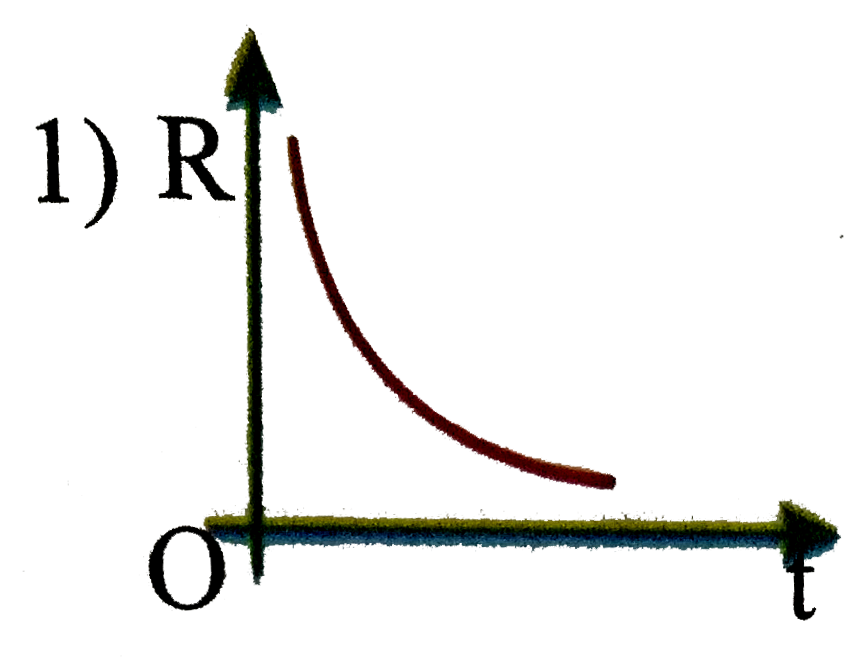 B
B C
C D
D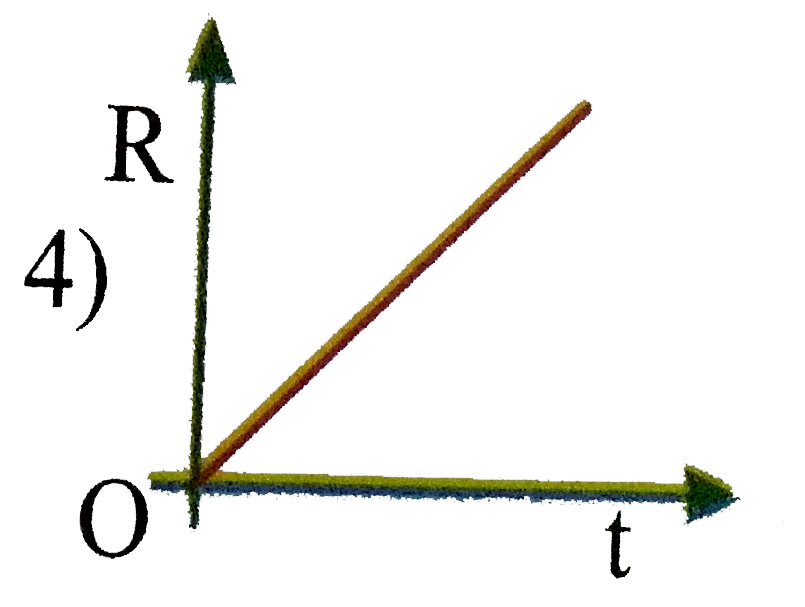
There are two coils A and B as shown in Fig.
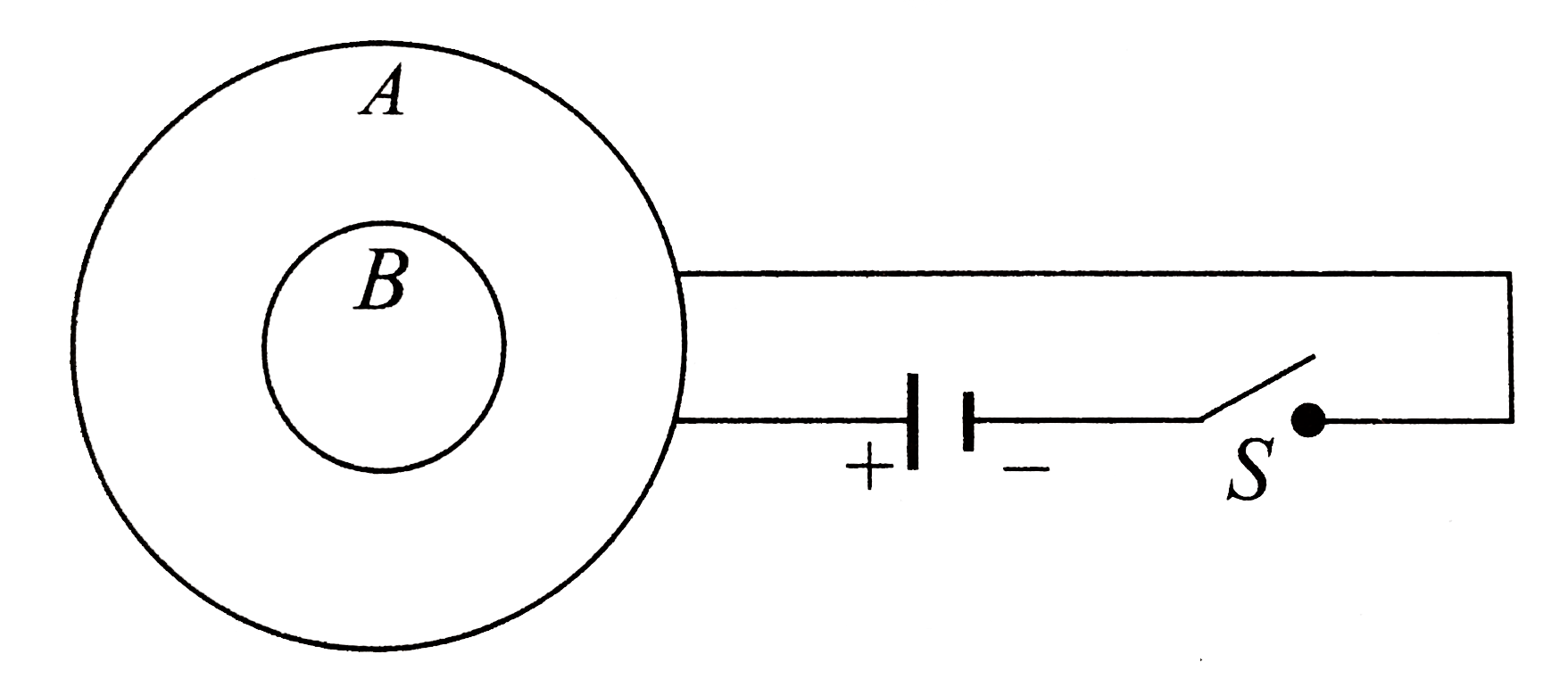 View Solution
View SolutionThe distance-time graph for the motion of two vehicles A and B is given below. Which one of the following statements is true ?
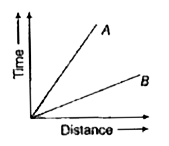 View Solution
View SolutionThe distance - time graph for the motion of two vehicles . A and B is given below. Which one of the following statements is true ?
 View Solution
View SolutionConsider the decay of P to A and B by two parallel first order reactions as shown in Fig. Given Which of the following is (are) true ?
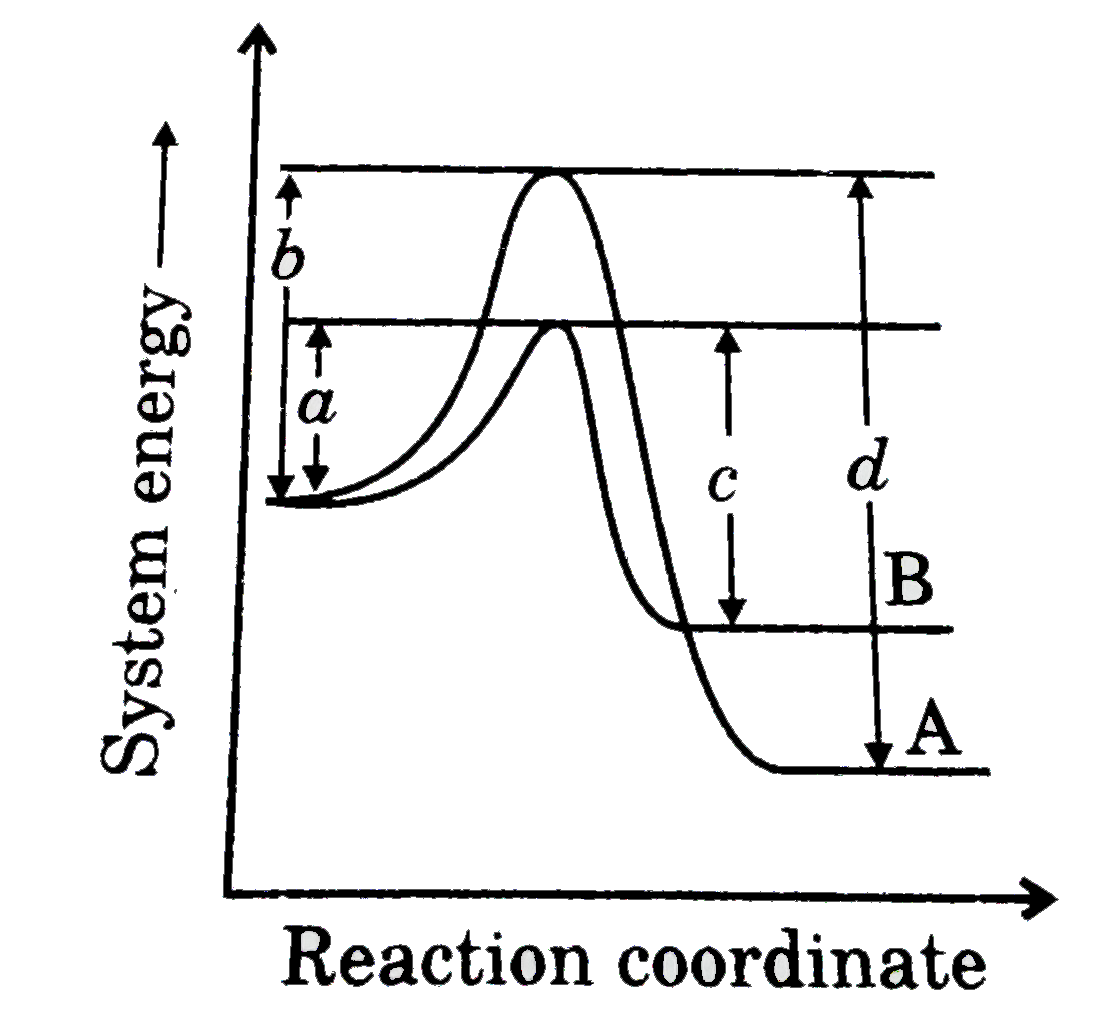 View Solution
View SolutionIf the B-H curves of two samples of P and Q of iron are as shown below, then which one of the following statements is CORRECT?
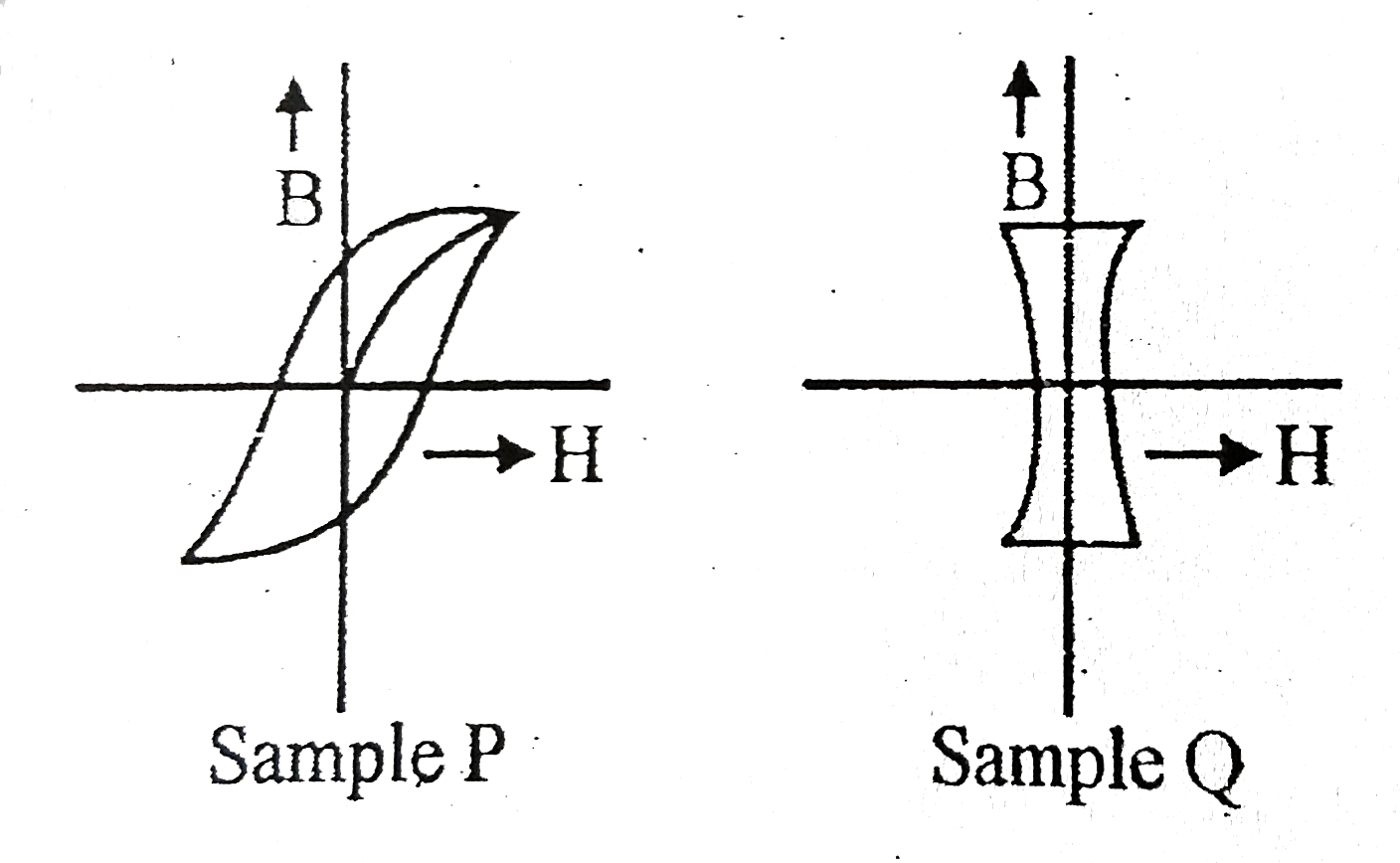 View Solution
View Solution

